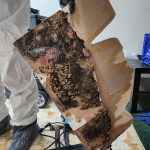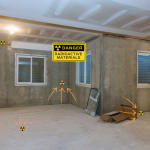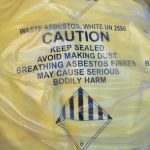
The 12 Days of Christmas: Amity Environmental Edition
On the first day of Christmas, Amity gave to me:A scope of work in a neat PDF! On the second day of Christmas, Amity gave to me:Two DOP tests,And a scope of work in a neat PDF! On the third day of Christmas, Amity gave to me:Three rolls of grey tape,Two DOP tests,And a scope
Read more










